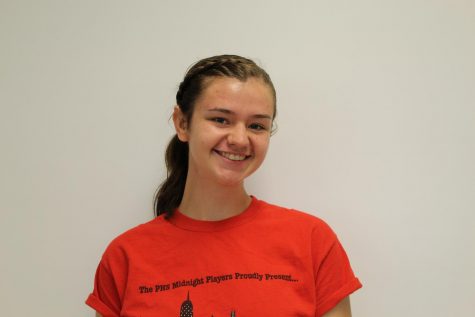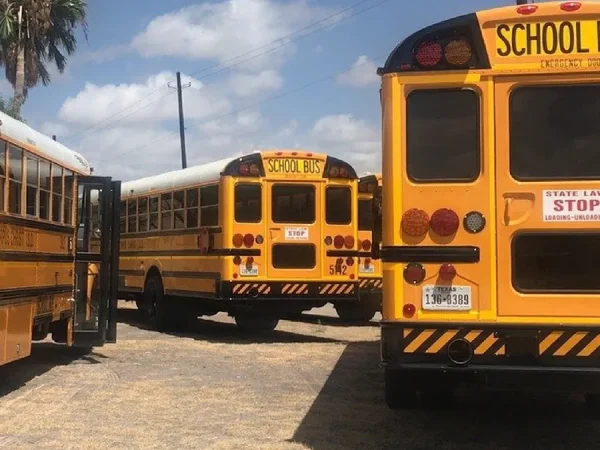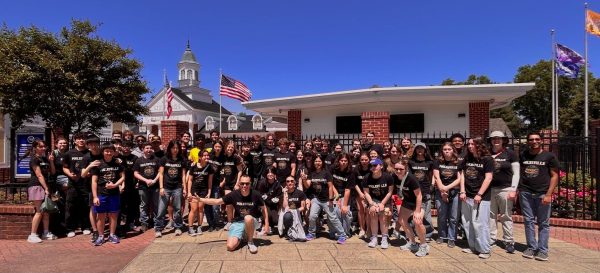PHS safety day shifts focus of emergency drills
Most PHS students are familiar with the usual format of emergency drills: roughly once a month, we take a few minutes of class to do an emergency drill and then get straight back to instruction. However, school administration decided to change the structure this year with Safety Day, a half-day devoted to learning and practicing drills for all sorts of emergencies on Oct. 4.
“We liked the idea [of] the whole school just focused on the drills for that particular day instead of ten minutes of class time being used for a drill and then students and teachers trying to get right back to the learning,” said Ms. Allison Wilder, PHS Magnet Coordinator and member of the Safety Day team.
In most drills practiced at PHS, the emphasis is on leaving and returning to the building efficiently.
“In a real situation, you’re not going back in quickly, you’re staying out for a longer amount of time,” said Wilder.
The format change emphasized getting the drills right, not just getting them done, and it also ensured that students had the opportunity to ask questions and discuss aspects of each drill they were uncomfortable with or unclear about. Safety Day was also designed to allow teachers to inform students of new procedures before the drills started. Many classrooms had new routes for fire and evacuation, so the Safety Day format gave teachers time to explain each change to students thoroughly.
The team expected a few challenges, especially in rooms with procedure changes. Still, from an administrative perspective, Wilder said the day went well.
Administration asked for teacher feedback, and according to Wilder, teachers were similarly supportive of the format, but some were frustrated by the short notice. When Mr. Carothers, the new PHS principal, brought the idea to the administration, they decided to do it on a half-day to not take up too much class time. They also wanted to do it before temperatures dropped for the winter, and the only available day was Oct. 4. This only gave teachers two weeks’ notice to adapt lesson plans, which the team acknowledged.
“I know there was some frustration in some classrooms about trying to get too much done and feeling like they were not given enough notice,” said Wilder, “so in the future we’d definitely give more notice.”
Some students had similar concerns, like ISP sophomore Claudia Colón. She supports practicing the drills but had concerns about losing class time.
“I thought it was effective in that it made the students more alert about how significant it is to be prepared in case of an emergency, but was wasteful in that we didn’t learn anything in our normal classes,” she stated.
Administration distributed a survey to allow students to voice their opinions about Safety Day, and the results overwhelmingly showed that students knew what to do in the event of an emergency, but still had some questions about the drills, as visible here. The answers to the most asked questions were posted online and are available here. One question that administration specifically wanted to address was why they did not conduct an active assailant (“lockdown with options”) drill. In a video message to students, Mr. Carothers explained that MCPS was updating the procedures for that drill, and they decided to wait for proper training on the changes to proceed. Just like on Safety Day, they want to ensure that students and staff are confident and knowledgeable enough to practice the drills right.

Lizzie Phelps is a Senior in the Humanities program. This is her first year writing for the Pulse and she is very excited to be part of the organization....








